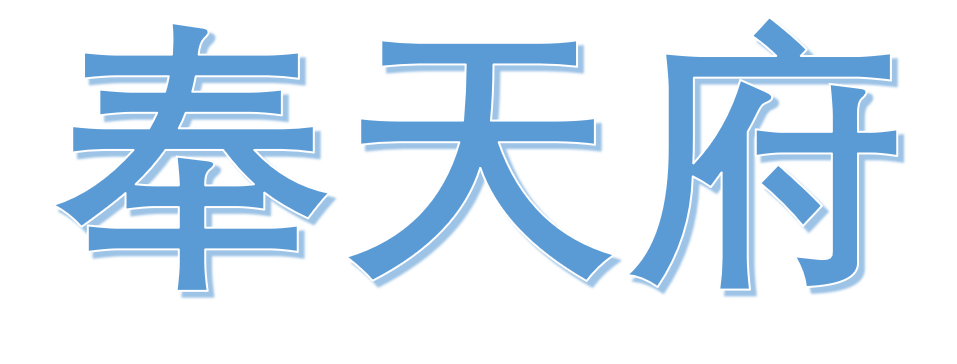A recent article I did entitled Shenyang’s Districts – Where Do Their Names Come From? seemed quite popular. A lot of people contacted me after I published it, asking whether I could do the same for the origin of the name of Shenyang itself. So, here goes.
There are actually two possible origins of the name Shenyang. One theory is this: The river now flowing through Shenyang (called 浑河 in Mandarin and hún hé in pinyin) used to be called 沈水 (shěn shuǐ in pinyin, or ‘still water’ in English). According to Chinese traditional beliefs, the northern bank of a river is associated with 阳 (yáng in pinyin), which represents the masculine or light, whereas the southern bank of a river is associated with 阴 (yīn in pinyin), or the feminine and dark. Since in those days, what is now Hunnan district did not exist and people had only settled the land north of the river, the place was called 沈阳 (shěnyáng in pinyin).

The second theory states that Shenyang was named after two former places that were merged together, 沈州 (shěnzhōu in pinyin, Shen Prefecture in English) and 辽阳 (liáoyáng in pinyin). The theory is that when those two territories were merged, the first character of the first, 沈, and the second character of the second, 阳, were put together to form the new name.

But that is just the tip of the iceberg. What makes history truly interesting, is that things change. And, in the case of Shenyang’s name, they changed multiple times. When I wrote about the 9.18 incident and used the name Mukden, for instance, this seemed confusing to some readers. So this article – hopefully – should clear that confusion up.
What we know as Shenyang today has been called by different names throughout the ages. Let’s have a look at some of them.
Houcheng
Earliest mention of what we now call Shenyang dates from the Warring States period, at around 300 BCE. The area we now call home was then called Houcheng (侯城 in Mandarin, hóuchéng in pinyin).

This translates to Hou City, which means that the town already had to have a certain size. This substantial settlement, however, was ransacked and burnt to the ground in the early 1st century AD by nomadic tribes. Subsequently, its inhabitants left and found shelter elsewhere.
Shenzhou
Things went quiet for a while around Shenyang. The next time we hear anything about the region is during the Liao dynasty, in the 10th century AD, when the name Shenzhou (沈州in Mandarin, shěnzhōu in pinyin) is mentioned.

This is the Shenzhou that would later, merged with Liaoyang, form the first mention of Shenyang, the name by which we know our town today. Using the character 州, or prefecture, in the name indicates that Shenyang was an important administrative entity at the time.
Shenyang and its variations
The merging of the names Shenzhou and Liaoyang happened some time after this. Then, variations of Shenyang (such as Shenyang Lu (路) – Shenyang Circuit, or Shenyang Zhongwei (中卫) – Shenyang Central Guard) were used in the following dynasties. These names show Shenyang’s significance as a military stronghold during that time.
Its most important role as a walled city or garrisoned town was in the Ming dynasty, when Shenyang Zhongwei, as it was known then, was the last outpost protecting China from the invading nomadic tribes.
Shengjing and Mukden
One of these tribes, the Manchu, finally managed to breach this last defense of the Middle Kingdom in 1625. The Manchu leader, Nurhaci, then made the city his new administrative seat of power. And, in 1634, he renamed it Shengjing (盛京 in Mandarin, shèngjīng in pinyin). The English approximation for Shengjing is rising city, symbolizing the big plans the Manchu had for it and all of China.

At the same time that Shengjing was in use for what we now know as Shenyang, the city was also called Mukden. This name is quite simply the Manchu language version of Shengjing, as mukdembi means to rise.

Fengtian
23 years later, in 1657, Fengtian Fu (Fengtian Prefecture in English, 奉天府 in Mandarin, fèngtiān fǔ in pinyin) was established in the area around Shenyang and many people started using that name for the city itself, not just the prefecture in which it was located.

The name changed back to Shenyang in 1914, but many sources (especially Western and Japanese ones) continued to use Mukden or Moukden and also Fengtian.
Shenyang with its name changes has gone through quite the eventful history, don’t you think?




